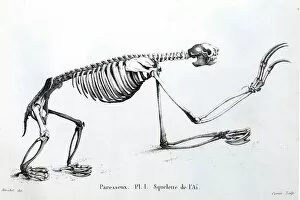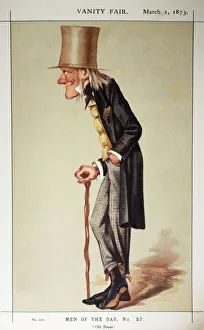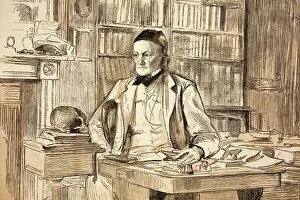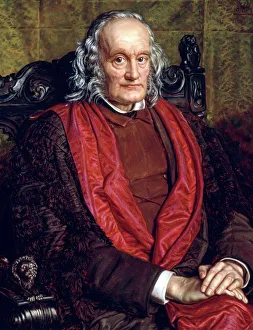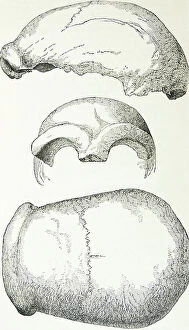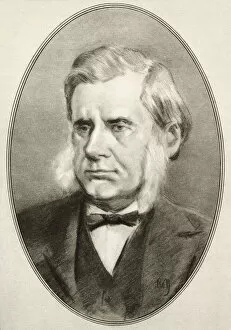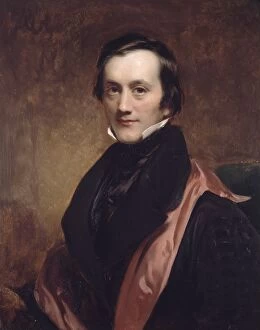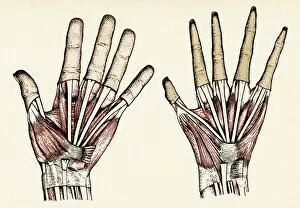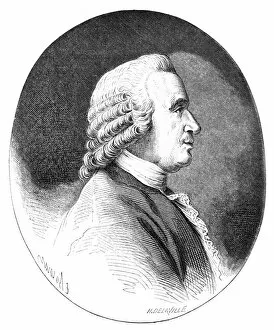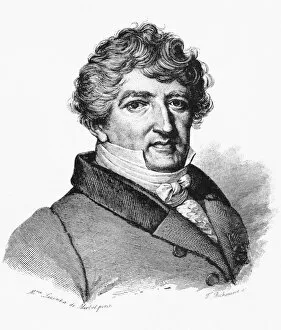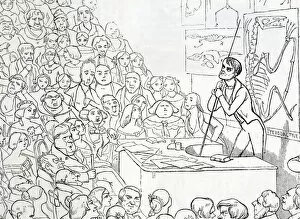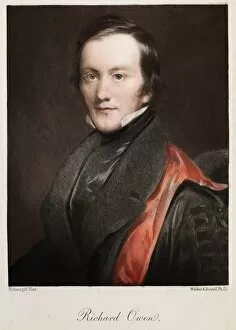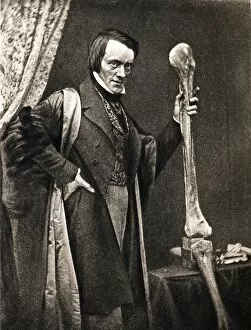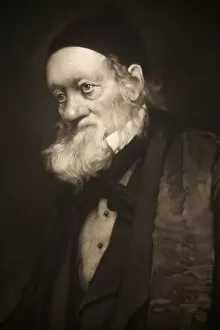Comparative Anatomy Collection
Comparative anatomy, a field of study that has fascinated scientists for centuries, delves into the intricate similarities and differences between various species
All Professionally Made to Order for Quick Shipping
Comparative anatomy, a field of study that has fascinated scientists for centuries, delves into the intricate similarities and differences between various species. It allows us to unravel the mysteries of evolution and understand how organisms have adapted to their environments over time. In 1812, renowned French naturalist Georges Cuvier unveiled his groundbreaking work on comparative anatomy with the discovery of sloth and hippopotamus skeletons. These findings revolutionized our understanding of animal structure and function. Fast forward to 1873 when British paleontologist Richard Owen graced Vanity Fair's pages as an esteemed figure in the scientific community. His expertise in comparative anatomy led him to conduct meticulous studies at the British Museum of Natural History, where he examined ancient bones with unwavering dedication. Owen's contributions did not go unnoticed; his statue now stands proudly in a museum, symbolizing his immense impact on this field. Alongside him were other influential figures like Alfred Newton and Thomas Henry Huxley, who further expanded our knowledge through their research and illustrations. One cannot discuss comparative anatomy without mentioning John Hunter, a prominent surgeon from 1788 whose portrait immortalizes his passion for dissecting bodies in pursuit of anatomical knowledge. His work laid the foundation for future discoveries in this captivating discipline. The artful arrangement of thigh bones from different animals by size serves as a visual representation of how diverse species compare structurally. This close-up snapshot highlights both subtle nuances and striking disparities among these skeletal elements. Perhaps one of the most intriguing aspects explored within comparative anatomy is comparing human skulls and necks with those of gorillas. By examining these side by side, we gain insights into shared ancestry while appreciating unique adaptations that have shaped each species' survival strategies. As we reflect upon these historical milestones and remarkable individuals who dedicated their lives to studying comparative anatomy, it becomes evident that this field continues to shape our understanding of life on Earth.

